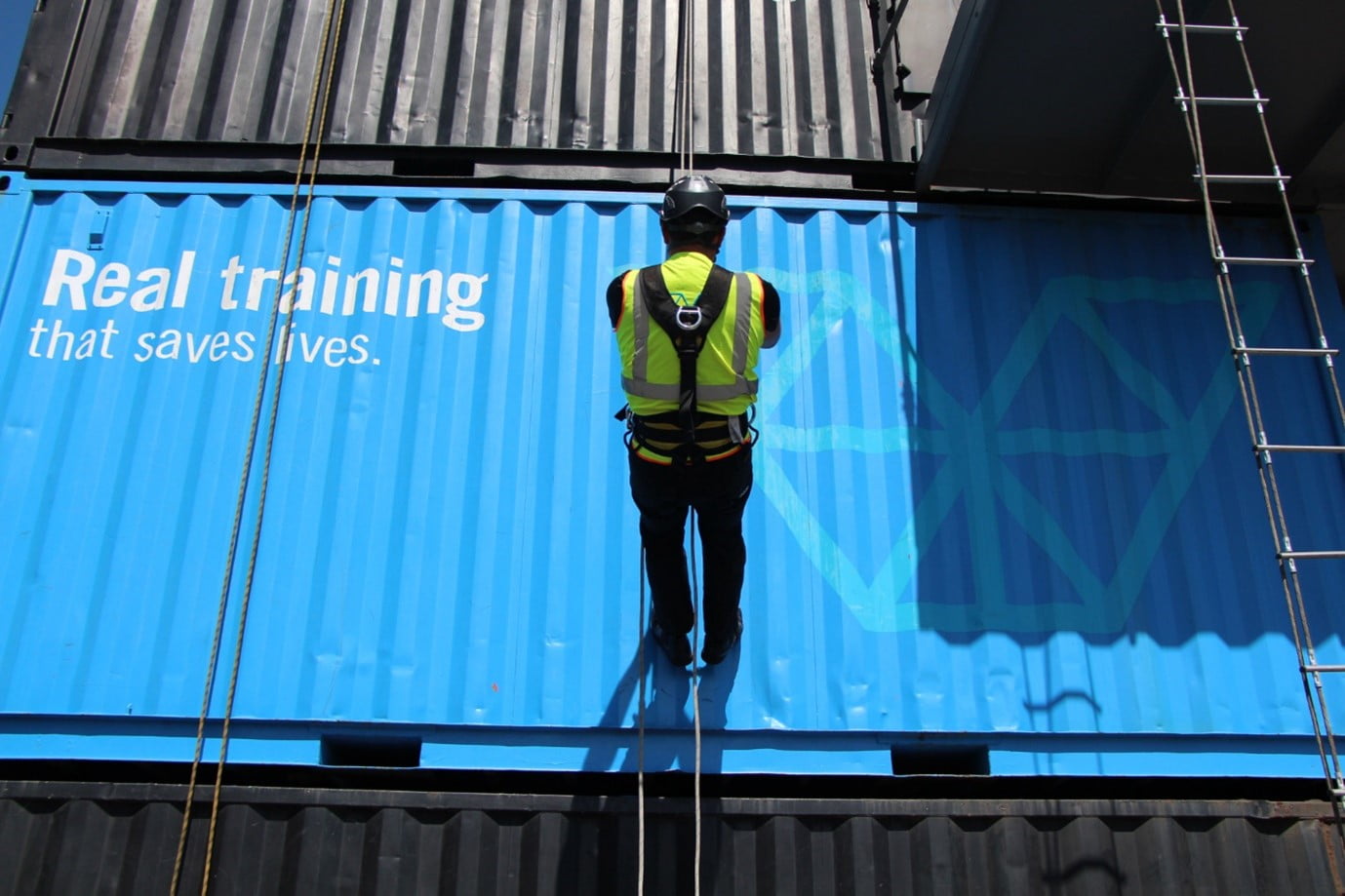The Importance of Training When Working at Height

Introduction
Imagine you’re perched on a towering structure suspended above the ground, only secured by a harness. It’s a precarious position that thousands of Australian workers find themselves in daily. While common in industries like construction, telecommunications, and utilities, working at height inherently carries significant risks and dangers. This article delves into the crucial role that proper training plays in ensuring safety in such high-risk scenarios.
The Statistics: Why is This Topic Important?
Workplace Health and Safety (WHS) statistics reveal a troubling reality. In Australia, falls from height are a significant cause of death and injury at work. From 2018 to mid-2020, there were 122 fatalities from falls. It’s not only about life and limb, but such accidents also have a profound financial impact, costing businesses millions in compensation, legal battles, and productivity loss.
Understanding ‘Working at Height’
‘Working at height’ is a term used when work is done in a place where if not adequately secured, a person could fall a distance liable to cause personal injury. It’s not just about skyscrapers and cranes; even a fall from a ladder or a rooftop can be hazardous. From tree surgeons to warehouse employees, the breadth of roles involving work at height is vast.
Common Risks and Challenges
The inherent risks of height work include instability, falling objects, weather conditions, and equipment failure. Minor oversights can have major repercussions, like a misplaced step on a slippery scaffold, a poorly secured safety harness, or a gust of wind while carrying a heavy load.
Legal Requirements for Working at Height
Australian WHS laws mandate that employers must minimise the risk of falls at workplaces. Non-compliance can result in hefty penalties, including fines and imprisonment. Compliance, however, is more than just avoiding punishment—it’s about creating a safe working environment.
The Importance of Training
Training is the first line of defence against accidents. It equips workers with the necessary knowledge and skills to navigate risks, use safety equipment properly, and respond to emergencies effectively. An untrained worker at height is not only a danger to themselves but also to their colleagues and bystanders.
Components of Effective Height Training Programs
Effective height training includes theoretical learning, practical sessions, and regular assessments. Employees need to understand the risks, the correct use of safety gear, rescue procedures, and legal obligations. Hands-on practice and demonstrations reinforce this learning, ensuring it translates into action.
Case Study: Positive Impact of Proper Training
Consider the case of a Melbourne construction firm that prioritised height safety training. Despite the inherent risks in their work, they saw a significant drop in height-related incidents over two years. Not only did this prevent injuries, but it also improved employee morale and productivity—a testament to the power of training.
Tips for Employers: Implementing a Successful Training Program
Implementing an effective training program starts with recognising its importance. Regularly scheduled training sessions—don’t treat them as a one-off event. Make the content engaging, relevant, and applicable to the roles of your workers. Use real-life scenarios, hands-on practice, and interactive discussions to reinforce learning.
The Role of Equipment in Ensuring Safety
Even the best training is ineffective without proper equipment. Harnesses, ladders, and guardrails—all must be compliant with Australian Standards. Training should also include correct equipment handling, maintenance checks, and timely upgrades.
Emphasis on Continuous Learning and Improvement
Workplace safety is a dynamic field, with emerging technologies, new regulations, and changing work practices. Continuous learning is essential. Refresher courses and follow-up training help keep safety top of mind, encouraging a safety-first culture in the workplace.
How Vertical Horizonz Upskills You for Height Safety: From Basics to Advanced
Ensuring Your Safety with Basic Heights Training
Our “Work Safely at Heights – Basic” course is the first step towards mastering height safety. Over a full day’s duration (1 Day), priced at $230 per person, you’ll gain a solid foundation in height safety. We will cover hazard identification, the correct use of Personal Protective Equipment (PPE), and basic emergency procedures.
Advanced Heights Training for the Experienced
For those who have the basics down and are ready to level up, our “Work at Height – Advanced” course is the ideal next step. The course runs for 2 days, costing $460 per person, and provides in-depth knowledge of working at heights, fall arrest systems, and comprehensive rescue procedures.
Learning from Industry Veterans
At Vertical Horizonz, our trainers aren’t just educators—they’re industry veterans who’ve walked in your shoes. They bring practical, real-world experience to the table, making learning both relatable and applicable.
Flexible and Comfortable Learning Environment
We understand everyone has unique learning preferences, so we provide flexible training options. Whether it’s onsite training at your workplace or in our dedicated training centres, we cater to your convenience.
Unrivalled Post-Training Support
Our support doesn’t end when the training does. We offer ongoing support to ensure that you’re always at the top of your game when it comes to height safety. Through refresher courses and regular updates, we stand by your side, ensuring your skills remain sharp and relevant.
With Vertical Horizonz, you’re not just signing up for a training program—you’re becoming part of a community dedicated to making height work safer, one trainee at a time.
Conclusion
To sum up, training for working at height is more than just a legal requirement—it’s a life-saving, injury-preventing necessity. It’s about empowering workers with the knowledge and skills to keep themselves and their colleagues safe. When every worker returns home unharmed at the end of the day, that’s when we can truly say we’ve reached new heights in workplace safety.
Please remember that safety training is not a cost—it’s an investment. An investment in your team, your reputation, and your peace of mind. So, let’s commit to making every workplace a safe one, from ground level to towering heights.
-
6 Career Advancements Enabled by Completing a White Card Training Course
November 06, 2023
-
7 Career Opportunities Unlocked by a Working at Heights Certification
October 24, 2023
-
7 High-Paying Jobs You Can Get with a GWO Training Certification
October 20, 2023
-
Top 7 Career Advancements After Completing a High Pressure Water Jetting Course
October 18, 2023
-
5 Essential Techniques Taught in High Pressure Water Jetting Courses
October 18, 2023
-
7 Career Opportunities after Completing Vacuum Loading Training
October 17, 2023







